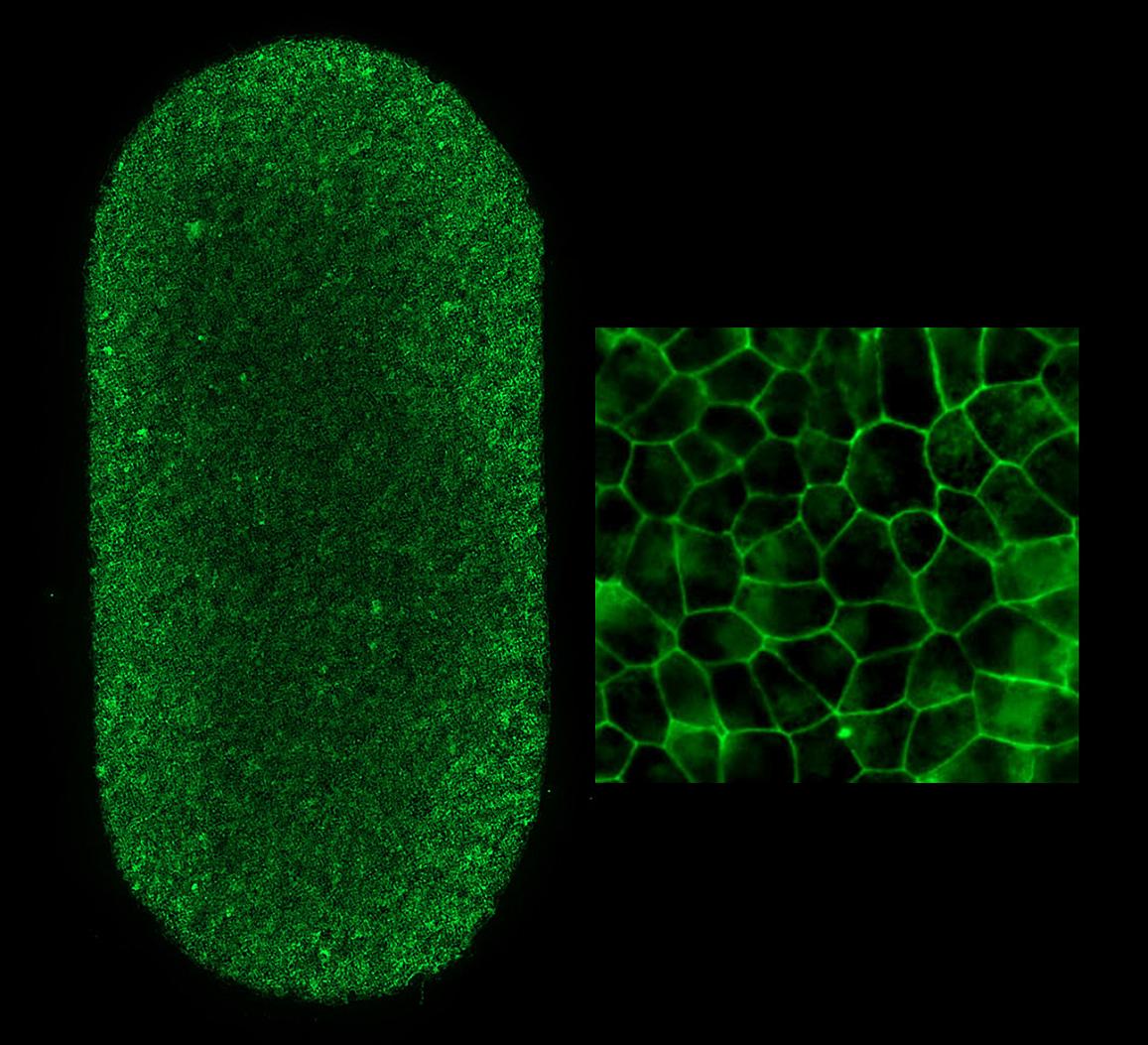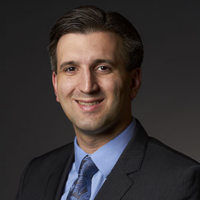Historic First Patient-Derived Stem Cell Therapy for Geographic Atrophy—With BrightFocus Grantees at the Helm
Written By: BrightFocus Editorial Staff



Written By: BrightFocus Editorial Staff
The National Institutes of Health announced the groundbreaking procedure.
The National Institutes of Health (NIH) announced last month that, as part of an ongoing clinical trial, surgeons successfully transplanted a patch of lab-grown retinal pigmented epithelial tissue (RPE) into patients with geographic atrophy (GA), an advanced form of dry age-related macular degeneration, to test the safety of this experimental therapy.
It’s the first use in the United States of autologous stem cell therapy to replace eye tissue. That’s when samples from an adult patient’s own tissue, usually skin or blood cells, are converted into stem cells in the laboratory using induced pluripotent stem cells (iPS) techniques. The stem cells are then “coaxed” into developing into RPE and retinal cells for transplantation into the eye.

RPE cells, which nourish and maintain the retina, become dysfunctional and degenerate in GA patients. When this happens, it causes photoreceptor cells (the neurons that receive light) to die, which leads to retinal atrophy—or blind spots—that are characteristic of GA.
Two BrightFocus grantees were part of the team that pioneered this procedure: lead surgeon Amir Kashani, MD, PhD (Johns Hopkins), a BrightFocus Alzheimer’s Disease Research (ADR) grantee whose research focuses on developing new methods using the eye to detect the onset, progression, and severity of vascular dementia, and Kapil Bharti, PhD (National Eye Institute), senior investigator, who received a BrightFocus Macular Degeneration Research (MDR) grant to create a 3D retina using iPS technology. Dr. Bharti and his team led the development of this experimental therapy in collaboration with FUJIFILM Cellular Dynamics Inc., and Opsis Therapeutics.
The surgery is the culmination of a decade of research and development at the NEI. It was made possible due to the contributions of numerous research institutions and funders, including BrightFocus, which has supported research projects to study the potential of stem cell-derived RPE replacement therapy.
“This is an extraordinary achievement that brings great hope for the future of treating age-related macular degeneration,” said Diane Bovenkamp, PhD, Vice President, Scientific Affairs at BrightFocus Foundation. “Dr. Bharti and Dr. Kashani are two heavy hitters in the field, and we are proud to support their critical research in pursuit of identifying, treating, and curing AMD.”
BrightFocus Foundation is a premier global nonprofit funder of research to defeat Alzheimer’s, macular degeneration, and glaucoma. Through its flagship research programs — Alzheimer’s Disease Research, Macular Degeneration Research, and National Glaucoma Research— the Foundation has awarded nearly $300 million in groundbreaking research funding over the past 51 years and shares the latest research findings, expert information, and resources to empower the millions impacted by these devastating diseases. Learn more at brightfocus.org.
Disclaimer: The information provided here is a public service of BrightFocus Foundation and is not intended to constitute medical advice. Please consult your physician for personalized medical, dietary, and/or exercise advice. Any medications or supplements should only be taken under medical supervision. BrightFocus Foundation does not endorse any medical products or therapies.

Johns Hopkins University

National Eye Institute
